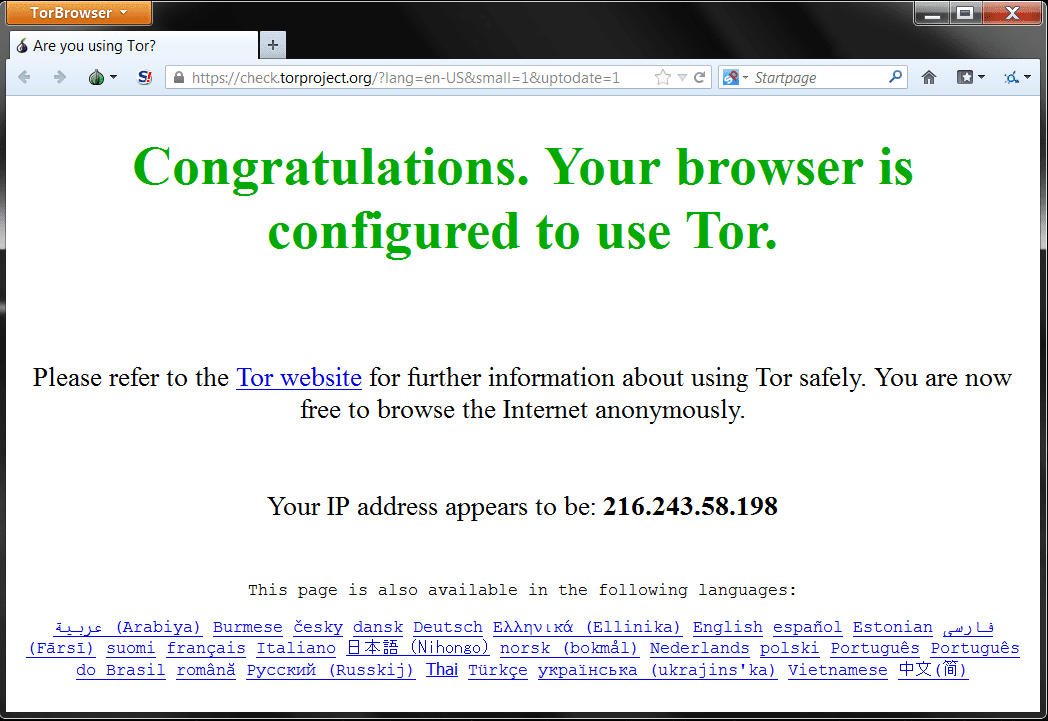


Tor separates the knowledge of who you are (your incoming IP address) and the website you're visiting, which makes it much more difficult to record your activities. What’s more, VPNs require you to log into a server, which then sees every website you visit and that, theoretically at least, could mean your data is logged as a result. Tor, on the other hand, uses multiple layers, but these are peeled off as you travel from server to server. VPNs have a single layer of encryption, which protects you from end-to-end. However, there are several differences in how the process works, which differentiates it somewhat from a conventional VPN arrangment.įor example, while VPNs typically use a single server, Tor routes your data through at least three. Tor uses the same core principle as a VPN service (opens in new tab): it hides your IP address from websites by routing your traffic through another server. It passes its response back to the exit node, which routes it through the Tor network and back to you. Your target website sees the IP address of the Tor exit node rather than yours, so has even less idea of who you are. When your data reaches the last relay, also called the exit node, it removes the final layer of encryption and routes your web request to its real destination. All they do is remove a layer of encryption and pass the data to the next relay. The subsequent relays don't have your IP address or know which site you're trying to visit. The only information it has is the address of the next relay.

It can't see which site you're trying to access either, which means there's no way to log what you're doing. The guard relay knows your IP address (opens in new tab), but has no other clues to your identity. In fact, Tor stands for 'The Onion Router', and takes its name from this layering idea. The first (or 'guard') relay receives your data and peels off the first layer of encryption, like the layer of an onion. This involves encrypting your data multiple times, then passing it through a network of volunteer-run servers (or 'relays') from around the world.


 0 kommentar(er)
0 kommentar(er)
